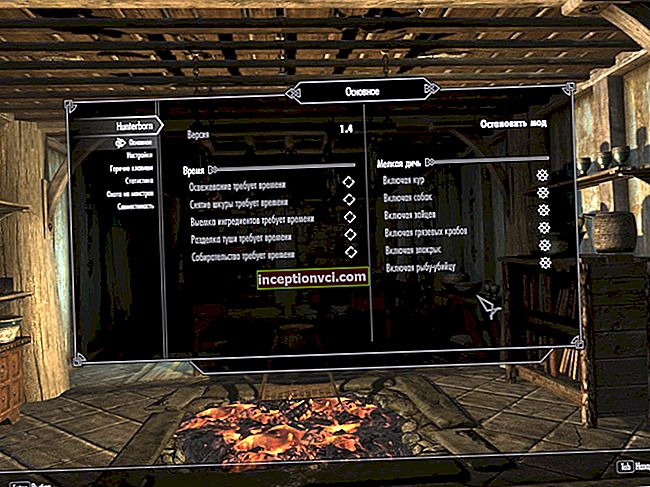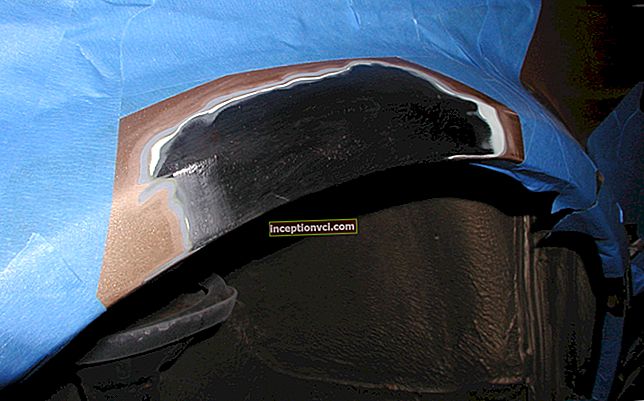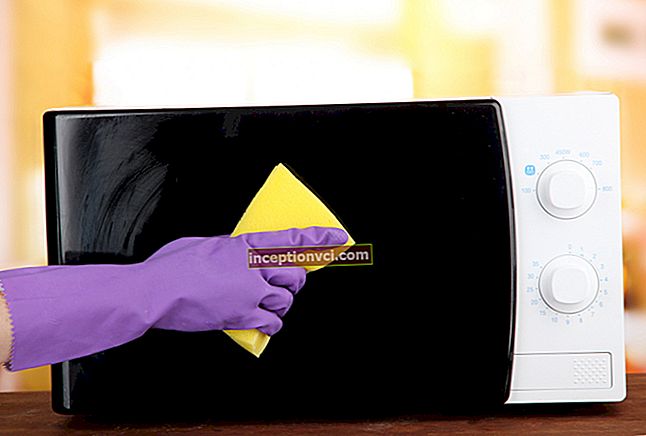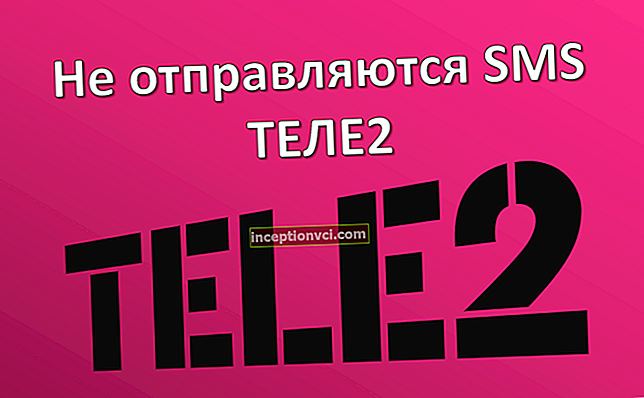Heaters are as follows:
- oil radiators;
- convectors;
- fan heaters;
- infrared heaters;
- thermal curtains.
Scope of heaters
The area of application of heaters is the main criterion with which to start the comparison.
- infrared heaters. Heating of closed rooms of a small area (20-35 sq. M.). Local heating of individual zones in rooms, open areas, additional heating of summer cottages, garages, change houses;
- thermal curtains. Used to separate zones with different temperatures, such as open windows or entrance doors and gates;
- fan heaters. Heating of closed rooms of a small area (20-35 sq. M.). High-power fan heaters (from 3 kW) are called heat guns and are designed for rooms from 35-40 sq. and more;
- electric convectors. Heating of closed rooms of a small area (20-35 sq. M.);
- oil radiators. Heating of closed rooms of a small area (20-35 sq. M.);
Strictly speaking, thermal curtains are not heaters due to their specific field of application. Such units are indispensable in buildings where the entrance group (doors, gates) does not have a buffer zone separating areas with different thermal regimes. At the same time, the doors themselves open often and the heat leaves the room. They are not used for heating. Therefore, we will not consider them together with other types of heaters.
There are several types of infrared heaters, depending on the wavelength of the radiated waves:
- short-wave and medium-wave heaters are designed for local heating of premises or for work in open areas. They create a high-intensity heat flow and quickly heat up an area indoors or outdoors. At the same time, people are not recommended to be under the influence of such radiation for a long time - the intense heat flux causes the expansion of capillaries, which leads to reddening of the skin and even burns;
- long-wave infrared heaters emit a less intense flow and distribute heat better, therefore they are designed to heat the entire volume of the room. It is also important that long-wave radiation is not harmful to health. On the contrary, in recent years it has been increasingly used for medical purposes. Long waves penetrate deeply into the body, warming it up. This is the basis of the effect of thermal treatment, which is used in medical clinics.
Shortwave infrared heaters are used in large rooms to heat local areas (eg workshops or large garages). It is expensive to heat the whole room, but heating is necessary. The same applies to open areas to make comfortable sitting on the veranda of the summer cottage on a cold autumn evening.
Long wavelengths are often used in small rooms.
There is another type of device that is a hybrid of a conventional convector and an infrared heater - micathermic heaters. They are made using a unique technology - heating elements are covered with a thin layer of mica. ~ 80% of heating occurs due to radiation heating objects, and ~ 20% due to heating of air and its convection.
Radiators, convectors and fan heaters are used to heat small spaces. The exception is heat guns, which heat large volumes. We will divide the further comparison of heaters into two parts:
- space heaters 20-40 sq. m .; these include fan heaters, radiators, convectors and infrared long-wave heaters;
- space heaters from 40 sq.m. (heat guns and short-wave infrared heaters).
Comparison of fan heaters, oil radiators, convectors, infrared long-wave heaters

Recommendations:
- from the point of view of operational safety, provision of climatic comfort, ease of placement and energy saving, electric convectors and micathermic heaters are in the lead. Their main drawback is their relatively high cost, radiators and fan heaters are cheaper;
- fan heaters are compact, quickly heat up the volume of the room, and are inexpensive. Moreover, they are unsafe to operate;
- oil heaters are inferior to the above-mentioned types in many respects, but from the point of view of thermal comfort, slow heating of the room is more beneficial for health. So you shouldn't write them off completely. In addition, they are safer in operation than fan heaters due to the fact that the heating element is reliably protected by the case;
- mycothermal heaters combine the advantages of radiators and convectors, but have a relatively high cost.
Comparison of short-wave infrared heaters and heat guns

The main difference between short-wave IF heaters and heat guns is that they heat local areas of large rooms. Heat guns heat large rooms in full. Also note the following:
- in general, infrared heaters are more durable and reliable in operation. On the other hand, handling them requires caution, because of the high intensity of radiation, one cannot stay at a close distance for a long time;
- heat guns heat the entire volume of large rooms, and not local areas. At the same time, they are noisy and unsafe to operate.
See an overview of an unusual heater that does not burn air









